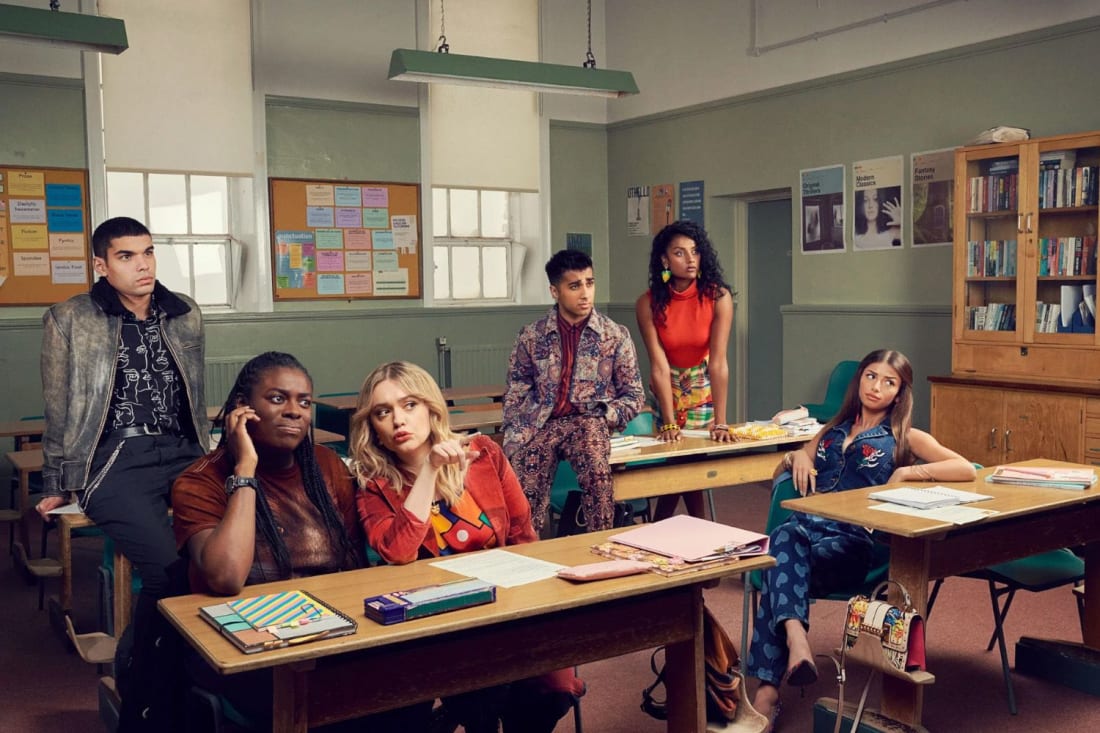5 things I learnt on a sex dungeon tour
A vanilla girl’s journey into the sex-positive kink scene, discovering the lingo and nuance from the experts
A vanilla girl’s journey into the sex-positive kink scene, discovering the lingo and nuance from the experts
It was Jack Harlow who sang ‘I don't like no whips and chains, and you can't tie me down.’ From the outside looking in, there can certainly be a lot of preconceptions about the kink and fetish scene – and sometimes these aren’t particularly kind or open-minded. Many of these ideas stem from a lack of education, awareness and straight-up prejudices, and it’s fair to say they might hold back the ‘kink curious’ from exploring and experimenting with their sexuality, which can be healing and affirming.
As a vanilla girlie in a long-term relationship, there are a lot of things I’ve never explored or experienced. Being totally content in my heteronormative twosome, the kink and fetish community isn’t something I’ve dipped my toe into, or really known much about, beyond basic ideas of ‘subs’ and ‘doms’. Following a silly little existential crisis, I’m in an era of trying new things, from microdosing shrooms at fashion week parties – to sex dungeons, apparently.
So I spent a crisp, sunny Spring morning underground in an East London sex dungeon to find out more about these communities. It was hosted by JOYclub, which describes itself as “one of the largest erotic portals in Europe”. It’s a moderated online forum where members can chat, flirt and lust with others online, or find communities IRL). A panel of experts – including sex educator April Maria (aka Venus Libido on IG), Mistress Stone, a queer, polyamorous professional dominatrix and Miss Jayne, part of the Centaur Studios family and a kink educator – helped to demystify some of the lingo, terminology and common hesitations. Here’s everything I learnt while underground.
2. The importance of safety and consent
There are a lot of fear-based assumptions in the outside (above-ground) world when it comes to the kink and fetish scene. Take a moment to think about any hesitancy you have around exploring this side of your sexuality and it may very well come back to ideas of ‘What if something happens that I’m not ready for, or that I don’t want?’, or ‘What am I consenting to if I enter these spaces?’
3. Why setting boundaries is crucial
Beyond safety, setting personal, professional and social boundaries is incredibly important, too. While setting boundaries around privacy may seem to be ‘duplicitous’ or ‘hiding’ that part of yourself, boundaries and privacy shouldn’t be at odds with sex-positivity.
There might be obvious reasons people might need to set boundaries – someone could have kids, or work around vulnerable people. But there are other more subtle barriers that could mean they can’t follow your kinky Insta, for example.
Do you need to share everything with everyone to show up authentically? Well, not always. Boundaries also means being mindful of other people’s privacy and lived experiences. We all live with different triggers and traumas, so talking about your weekend of knife play might not fly on a Monday morning around the water cooler.
Stephan Strehlow, JOYclub's Chief Marketing Officer, says that the platform is about empowering the kink community and taking away stigma, while aligning with people’s boundaries through a wide range of flexible privacy settings. Think: nifty shortcuts to hide browser activity, among others.
5. You can find joy and community
As you get into the scene, start to feel more comfortable, what will be overwhelming to you is a sense of ease, joy and community, the panellists said. Most of them, when asked what they appreciated most about the scene, talked about acceptance. “I would love people to know [that] you can come here and be yourself. Come as you are and you will be accepted here,” says Mistress Stone.
Despite the whips, chains and general pain stereotypes, dominatrix Mistress Stone adds that this “new type of intimacy, nurture and the softness is incredibly, overwhelming loving”. It’s not a replacement for therapy, exactly – but it can be very healing.



